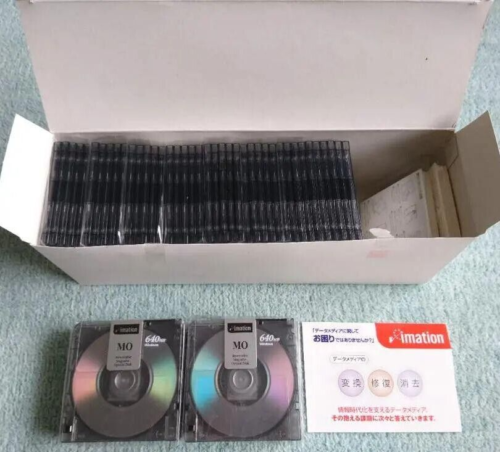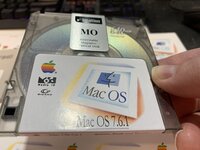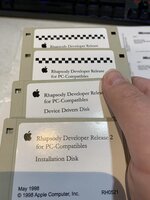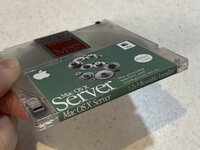@olePigeon tried the 2.3GB discs I'm having issues with on his drive (same one: Fujitsu MCR-3230SS) and the discs worked fine. So that seems to suggest my drive or how I'm using it.
He used the same
MO Extension 2.3.8 and
MO Disk Formatter 2.3.8 as I did.
I don't think it's something with my computer itself (IIfx) because I tried my drive in a Quadra 800 (mentioned earlier in this thread) and I had the same issue, both under System 7.5.5 and MacOS 8.
The common denominator in terms of my setups: in both my IIfx and Quadra 800, there are only two internal SCSI devices, the MO drive and a ZuluSCSI Compact. The ZuluSCSI has device images for SCSI ID 0, SCSI ID 1, and SCSI ID 2. The MO drive is set to SCSI ID 4. The ZuluSCSI is connected to the middle connector on the SCSI cable and has termination disabled via jumper. The MO drive has termination enabled via its jumper.
Either something wrong with my MO drive or possibly an incompatibility with the ZuluSCSI?
@olePigeon has my 2.3GB discs right now so I can't try a test of removing the ZuluSCSI and using a classic spinning SCSI drive right now. I might drop the drive off with
@olePigeon to test it like for like to check whether it's the drive or not.
Curiously, 230MB and 640MB discs work just fine.





